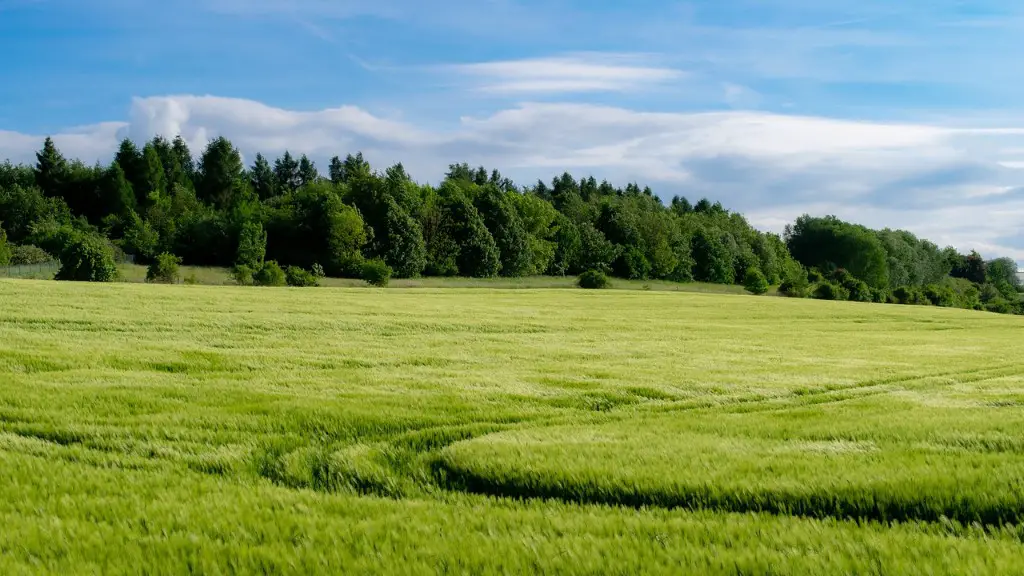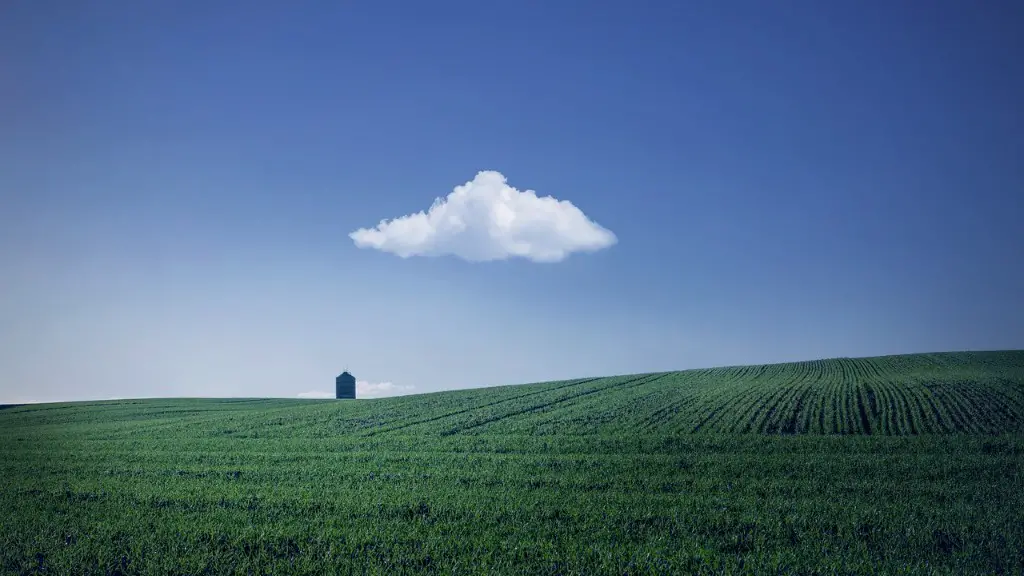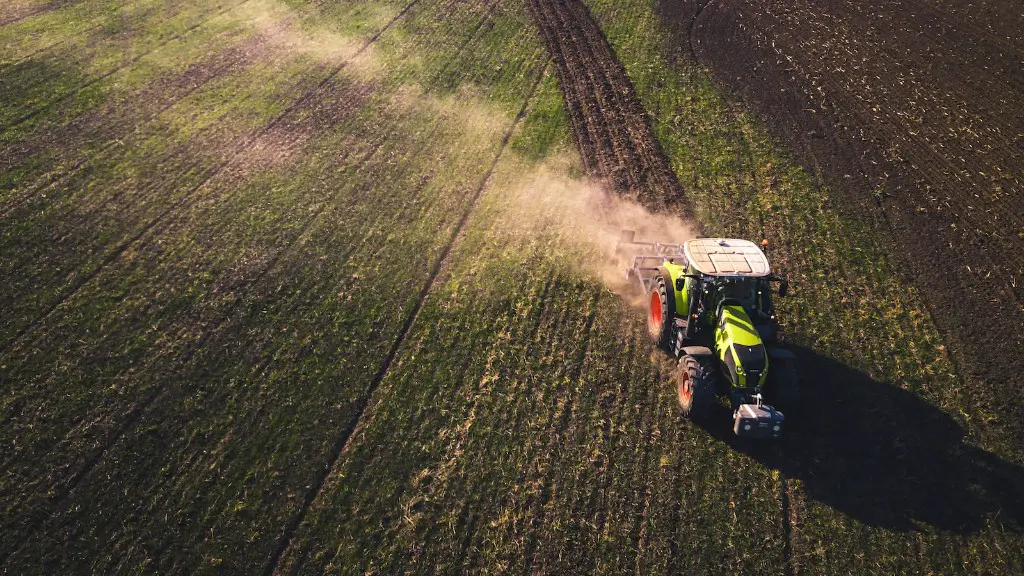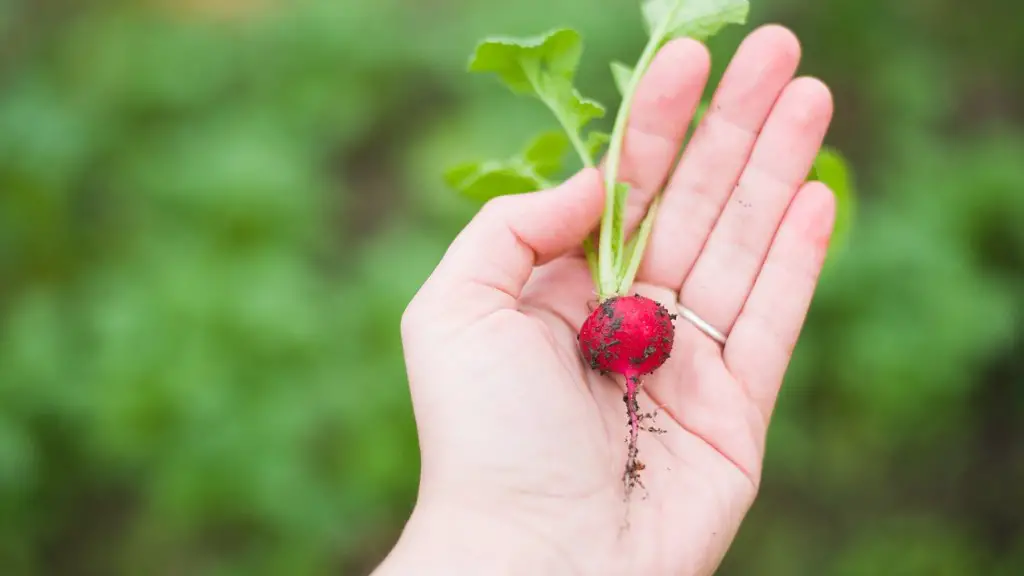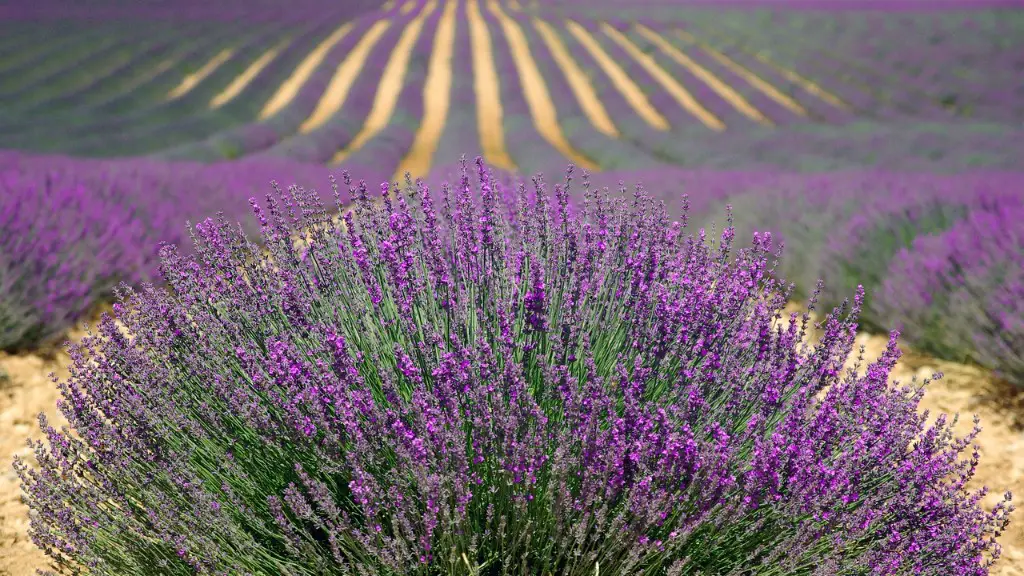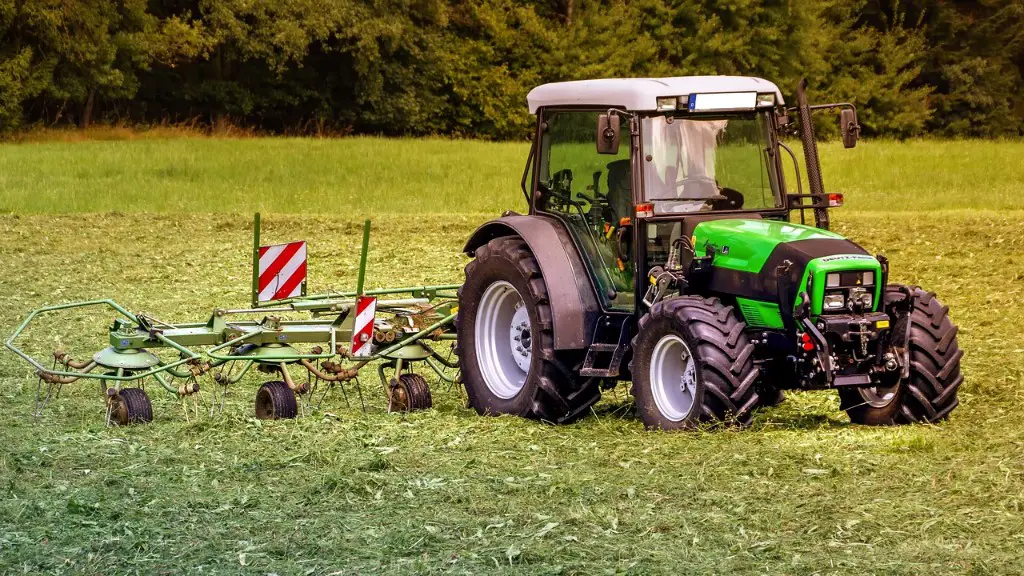Sustainable agriculture is an approach to food production that is environmentally sound, socially responsible, and economically viable. It involves using farming practices that protect and enhance the natural resources upon which agriculture depends—soil, water, and biodiversity—while also providing farmers with the tools they need to be successful.
Sustainable agriculture is an approach to food production that is based on three main principles: environmental stewardship, social equity, and economic viability.
Environmental stewardship refers to farmers using practices that protect and conserve natural resources, such as soil and water. This might involve using organic farming methods, reducing chemical inputs, or planting cover crops.
Social equity means that farmers should be paid fairly for their work, and that farmworkers should have safe and just working conditions.
Economic viability refers to farmers being able to make a living from their farm. This means that farmers need to be paid fairly for their products, and that they need to have access to the resources they need to produce food in a sustainable way.
How does a sustainable farm work?
Sustainability is a key factor in ensuring the long-term viability of agriculture. It uses state-of-the-art, science-based practices that maximize productivity and profit while minimizing environmental damage. Sustainability also means the whole system is more resilient to droughts, floods, and other impacts of climate change that farmers are already seeing.
The basic goals of sustainable agriculture are environmental health, economic profitability, and social and economic equity. Sustainable agriculture is an approach to food production that is based on three main principles: environmental stewardship, economic viability, and social justice.
How do farmers practice sustainable agriculture
Diversifying crops and rotating them can help prevent disease and pests from taking hold. By interrupting the development cycles of pests and diseases, farmers can reduce the opportunity for them to become a problem.
There are several components to sustainable agriculture. One is environmental resource protection. This includes things like soil and water conservation. Another is profitability of individual farms. This includes things like efficient use of inputs and market access. A third is product quality. This includes things like food safety and nutrition. Finally, there are policy questions related to the competitiveness of medium sized, family farms. This includes things like farm subsidies and trade policy.
What is the most sustainable farming method?
Hydroponics is a highly efficient and sustainable way to grow crops, especially lettuce and tomatoes. By using water instead of soil, hydroponics conserves water and eliminates the need for harmful chemicals. Additionally, hydroponics doesn’t damage the soil, making it a more sustainable option for farming.
Hedgerows are often used in sustainable agriculture as they can provide a number of benefits for the ecosystem. One of the main benefits is that they can act as a barrier to prevent pests from entering fields and damaging crops. In addition, hedgerows can also provide habitat and food for beneficial insects, such as pollinators, which can help to improve crop yields.
What are the three biggest challenges to sustainable farming?
Sustainable farming is an approach to agriculture that focuses on producing long-term food security in a way that is environmentally-friendly and socially-just. However, sustainable farmers face a number of significant challenges in achieving these goals.
One challenge is simply growing enough food to meet the needs of the world’s ever-increasing population. This requires finding ways to increase yields while using less land and water resources.
Water scarcity is another major challenge. With climate change causing more extreme weather patterns, some areas are experiencing more floods while others are dealing with extended droughts. This makes it difficult to ensure a consistent water supply for crops.
Loss of usable land is another issue sustainable farmers have to contend with. As cities expand and development takes over more rural areas, there is less land available for farming. This makes it difficult to expand operations or to find new land when old farms are no longer productive.
High energy use is another sustainability challenge facing agriculture. Farmers need to use large amounts of energy for irrigation, equipment operation, and transportation. This can make it difficult to reduce greenhouse gas emissions and operate in a climate-friendly way.
Finally, sustainable farmers must contend with the cost-efficiency of sustainable practices. Often, sustainable methods are
Sustainable agriculture is an approach to food production that is environmentally sound, socially just, and economically viable.
The main elements of sustainable agriculture include:
-Permaculture: a design system that mimics the patterns and relationships found in natural ecosystems, in order to create more sustainable human settlements.
-Agroforestry: the integration of trees and shrubs into traditional farming landscapes, in order to create more productive and resilient ecosystems.
-Mixed farming: the integration of crop and livestock production, in order to create more efficient and diversified agricultural systems.
-Multiple cropping: the cultivation of more than one crop in the same field, in order to increase productivity and reduce the risk of crop failure.
-Crop rotation: the growing of different crops in succession in the same field, in order to improve soil health and reduce the risk of pests and diseases.
What are the four goals of sustainable agriculture
It is important to take measures to protect and conserve our natural resources, in order to enhance environmental quality and sustain life on Earth. We can use nonrenewable resources more efficiently, and take better advantage of on-farm resources to reduce our impact on the environment. Natural and biological controls can help reduce the use of harmful chemicals, and support ecosystem health.
India is an agrarian country with nearly 60% of its population dependent on agriculture for their livelihood. The sector employs close to 50% of the country’s workforce and contributes around 17% to India’s GDP. The country is currently the world’s second largest producer of food after China.
However, the future of sustainable farming practices in India is under threat due to a number of factors.
1. Drop in yields in initial years: Sustainable farming practices often involve a shift from chemical-based to organic farming. This can lead to a drop in yields in the initial years, as the crop adjusts to the change in conditions. This can be a major challenge, particularly for small farmers who cannot afford to take a hit on their profits.
2. Increased drudgery: Many sustainable farming practices require manual labour, which can lead to increased drudgery for farmers. This is often exacerbated by the fact that these practices are not yet widespread, so farmers may not have access to the necessary equipment or trained labour.
3. Availability and access to necessary materials: There is often a lack of availability of organic inputs and other materials necessary for sustainable farming practices. This can be a major challenge, particularly in remote and rural areas.
What are two elements of sustainable agriculture?
Crop and water management are two of the most important elements of sustainable agriculture. They are both necessary to ensure a healthy and productive crop, and to minimize environmental impact. The most effective management practices will vary depending on the local conditions and the type of crops being grown.
There are a variety of sustainable farming methods that can be used in order to make agriculture more environmentally friendly. Some of these methods include using renewable energies for irrigation and other farm-related activities, using crop rotation to help improve soil health, and using energy-efficient methods of irrigation such as drip irrigation.
What are the three biggest benefits of sustainable farming
Sustainable agriculture is becoming increasingly important as the world’s population continues to grow. It is essential for meeting the needs of a growing population while also protecting the environment. Sustainable agriculture is essential for the long-term viability of agriculture systems and the economy.
Sustainable agriculture is a type of agriculture that seeks to integrated three main objectives into their work: a healthy environment, economic profitability, and social and economic equity.
The main goals of sustainable agriculture are to reduce the negative impact of farming on the environment, to improve the economic viability of farms, and to create a more just and equitable society. To achieve these goals, sustainable farmers use a variety of methods, including organic farming, agroforestry, and permaculture.
What are the steps to implement sustainable agriculture?
There are a number of ways to promote sustainable agriculture practices that can help support a healthy environment. Some key steps include conserving soil, water and protecting its quality, as well as managing organic wastes and farm chemicals so they don’t pollute. Additionally, it is important to manage pests with minimal environmental impact using weed management, mechanical approaches and cultural approaches. By taking these steps, we can help to create a more sustainable agriculture system that can support a healthy environment for all.
Farmers who adopt sustainable practices will be able to reduce their reliance on nonrenewable energy, reduce chemical use, and save scarce resources. This will help to keep the land healthy and replenished, which is essential in light of the rising population and demand for food.
Conclusion
There is no one-size-fits-all answer to this question, as sustainable agriculture can take many different forms and approaches. In general, however, sustainable agriculture can be defined as an approach to food production that is environmentally friendly, economically viable, and socially just. Sustainable farmers work to conserve and improve natural resources, minimize pollution and waste, and promote fair working conditions for all involved.
Sustainable agriculture is a type of agriculture that is practiced with the goal of sustaining the environment, rather than damaging it. Sustainable agriculture typically involves using techniques that are less harmful to the environment, such as crop rotation and using natural pest control methods.
